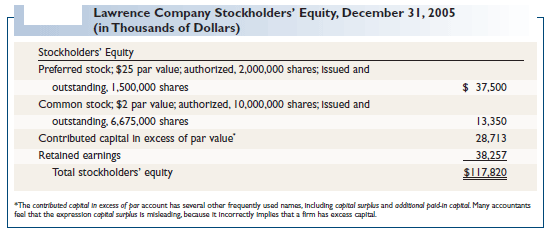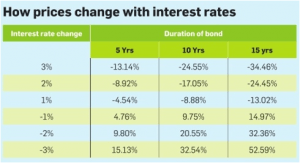
ROA gives an idea as to how efficient management is at using its assets to generate earnings. The financial ratios available can be broadly grouped into six types based on the kind of data they provide. Using ratios in each category will give you a comprehensive view of the company from different angles and help you spot potential red flags. Sustainable Growth Rate is the maximum growth rate of a company if none of its ratios change and it does not raise new capital through selling shares.
- Below 1 means the company does not have sufficient incoming cash flow to meet its obligations over the coming year.
- Leveraged Assets Contribution to NI is the percentage of the pretax income that is provided by management’s use of debt to fund assets.
- Profit Margin (Du Pont) is used to determine the profitability of each dollar of sales that company makes.
- Inventory Turnover measures how many times a company’s inventory will be sold and replaced in a year.
Limitations of Ratio Analysis
If the assets financed by debt generate pretax net income sufficient to repay this interest, then any additional net income is profit that goes to the shareholders. Consider the inventory turnover ratio that measures how quickly a company converts inventory to a sale. A company can track its inventory turnover over a full calendar year to see how quickly it converted goods to cash each month. Then, a bank reconciliation company can explore the reasons certain months lagged or why certain months exceeded expectations.
For example, net profit margin, often referred to simply as profit margin or the bottom line, is a ratio that investors use to compare the profitability of companies within the same sector. It’s calculated by dividing a company’s do i have to file form 1120 net income by its revenues and is often used instead of dissecting financial statements to compare how profitable companies are. Analysis of Leverage is used to evaluate how effectively management is using borrowed funds to make a return for income. Typically, funds are raised by debt in order to enhance the return to shareholders. This is done by financing the company’s assets with debt, which requires a fixed payment of interest.
How Ratio Analysis Works

First, ratio analysis can be performed to track changes within a company’s financial health over time and predict future performance. Third, ratio analysis can be performed to strive for specific internally-set or externally-set benchmarks. Instead, the values derived from these ratios should be compared to other data to determine whether a company’s financial health is strong, weak, improving, or deteriorating.
Gross Profit Margin (Gross Margin) is used to assess a firm’s financial health by revealing the proportion of money left over from revenues after accounting for the cost of goods sold.
When a company generally boasts solid ratios in all areas, any sudden hint of weakness in one area may spark a significant stock sell-off. Ratio analysis is often used by investors, but it can also be used by the company itself to evaluate how strategic changes have impacted sales, growth, and performance. differences between ebitda and operating cash flow Use the Sustainable Growth Rate Calculator to calculate the sustainable growth rate from your financial statements. Leveraged Assets Contribution to NI is the percentage of the pretax income that is provided by management’s use of debt to fund assets. Pretax Income is a made up of two sources, income from assets funded by shareholders equity, and assets funded by borrowed debt. Use the Price to Book Ratio Calculator to calculate the price to book ratio from your financial statements.
Asset Turnover measures a firm’s efficiency at using its assets to generate sales revenue, the higher the better. Use the Return on Assets (Profitability Ratio) Calculator above to calculate the profitability ratio from your financial statements. Financial Statements are prepared by companies to demonstrate its financial activity to stakeholders. These are prepared at regular intervals, and typically contain at least a balance sheet and an income statement.
Efficiency Ratios
Earnings Per Share is the portion of a company’s profit allocated to each outstanding share of common stock. Operating Margin shows the profitability of the ongoing operations of the company, before financing expenses and taxes. Profit Margin is used to determine the profitability of each dollar of sales that company makes. The Return on Invested Capital measure gives a sense of how well a company is using its money to generate returns. Comparing a company’s return on capital (ROIC) with its cost of capital (WACC) reveals whether invested capital was used effectively. Use the Quick Ratio Calculator above to calculate the quick ratio from your financial statements.
Gross Efficiency of Assets tells us how much income each dollar of assets generates before paying out taxes and interest. Profit Margin (Du Pont) is used to determine the profitability of each dollar of sales that company makes. Price to Book Ratio tells us the relative value the market places on the company to the accounting valuation. This ratio provides a basic understanding of residual value of a company should it go bankrupt. Use the Times Interest Earned Calculator above to calculate the times interest earned from you financial statements.
Use the Leverage of Assets Calculator above to calculate the leverage of assets and Du Pont ratios from your financials statements. Leverage of Assets measures the ratio between assets and owner’s equity of a company. Asset Turnover (Du Pont) measures a firm’s efficiency at using its assets to generate sales revenue, the higher the better.
